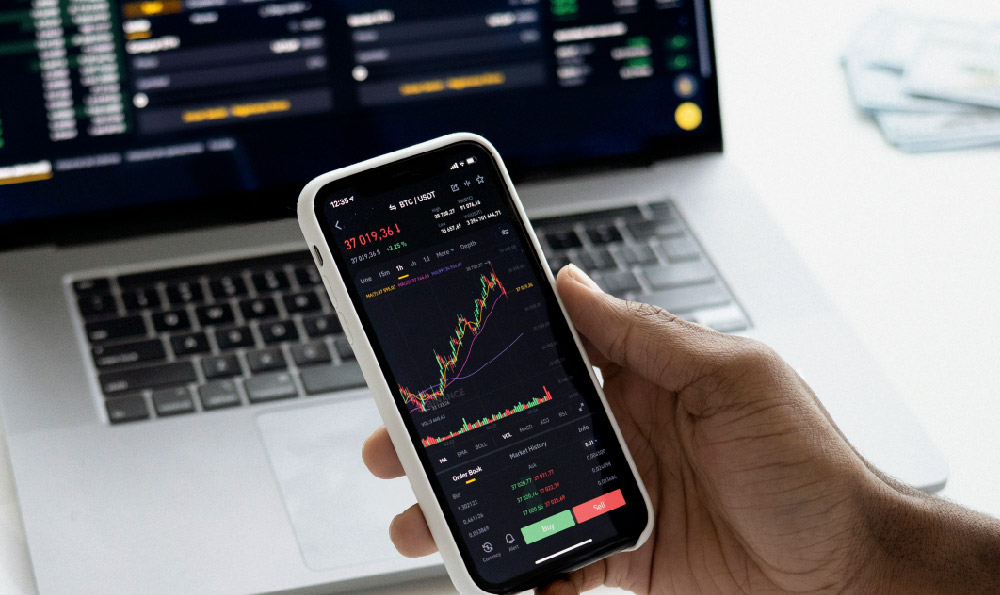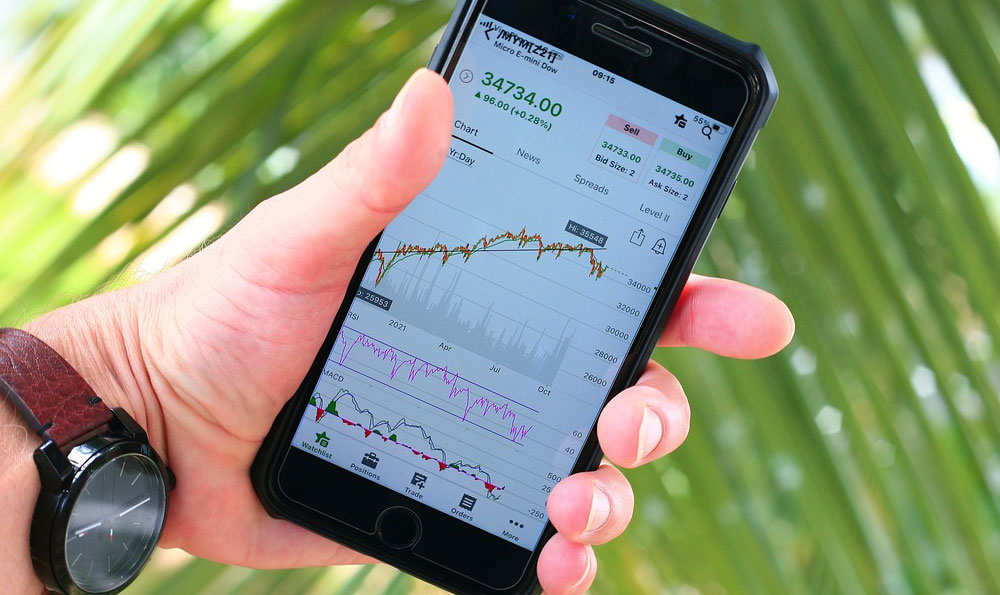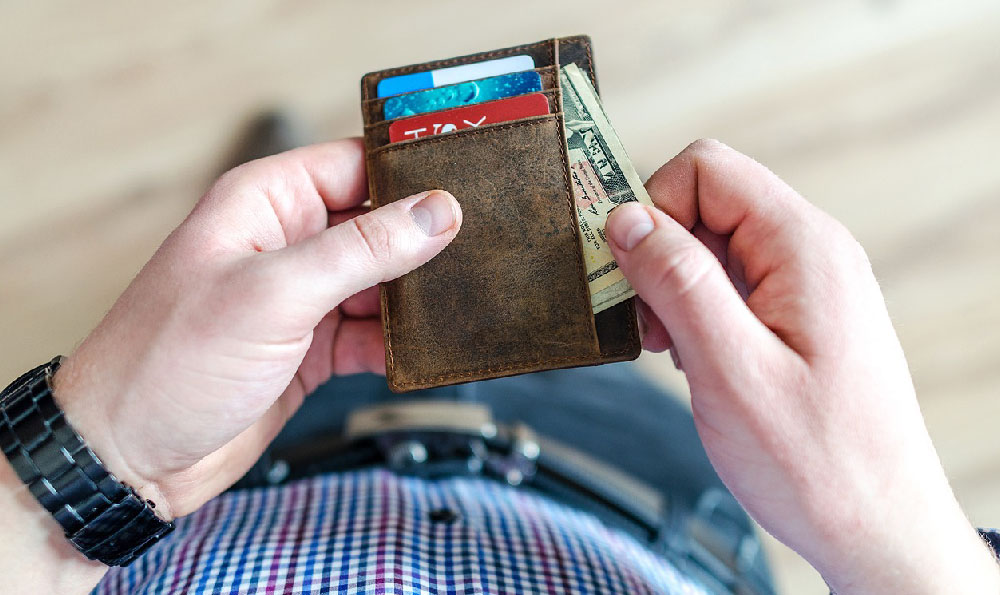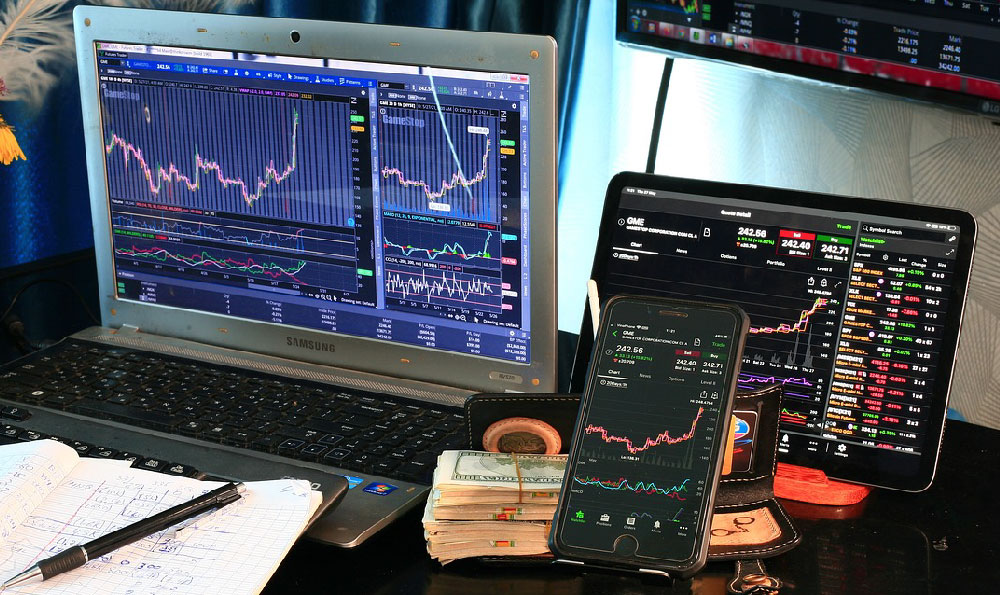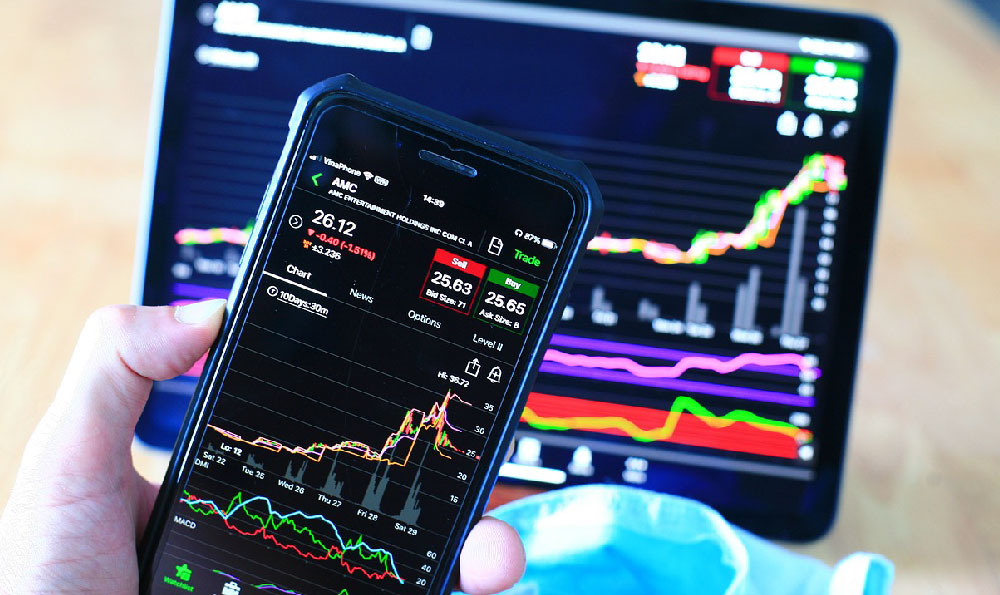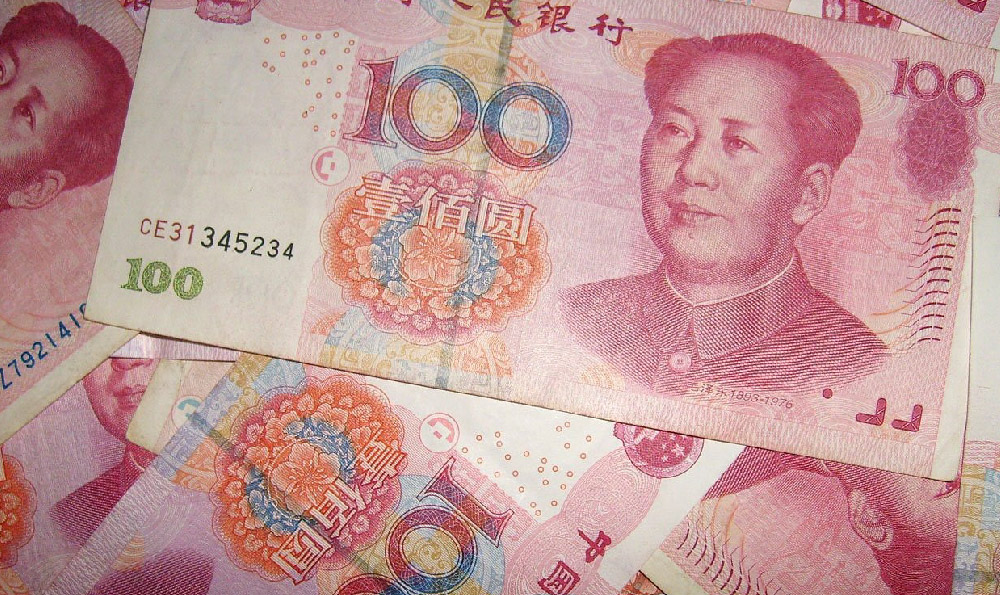Is Binance Wallet Address Valid? How Do I Find Mine Easily?
Navigating the cryptocurrency world, especially when dealing with Binance, a leading exchange, requires understanding the intricacies of wallet addresses. A valid Binance wallet address is crucial for receiving and sending cryptocurrencies securely. Understanding how to verify an address and locate your own is paramount for any Binance user, whether a seasoned trader or a beginner. This guide will delve into verifying Binance wallet addresses and effortlessly finding yours.
Understanding Binance Wallet Addresses: The Foundation of Secure Transactions

A Binance wallet address is a unique alphanumeric string that serves as your digital identity within the Binance ecosystem. It's akin to a bank account number, but for cryptocurrencies. Each cryptocurrency supported on Binance has a separate wallet address. Therefore, sending Bitcoin (BTC) to an Ethereum (ETH) address will result in a loss of funds. This underscores the importance of using the correct wallet address for each cryptocurrency.
The format of a wallet address varies depending on the cryptocurrency. Bitcoin addresses typically start with "1," "3," or "bc1," while Ethereum addresses often begin with "0x." These prefixes are critical and must be included when sharing or entering a wallet address.
Verifying a Binance Wallet Address: Safeguarding Your Funds
Before sending cryptocurrency to any Binance wallet address, verification is crucial to avoid irreversible errors. Several methods can be employed to ensure validity:
-
Double-Check with the Sender: If you are receiving funds from someone, confirm the wallet address with them verbally or through a secure communication channel. Don't rely solely on a single instance of the address, as it could be compromised.
-
Compare with Transaction History: If you have previously transacted with the same Binance wallet address, compare the new address with your transaction history on Binance or your blockchain explorer. Discrepancies should raise immediate red flags.
-
Use Binance's Address Book Feature: If you frequently send funds to specific Binance users, utilize the platform's address book feature. This allows you to save and label wallet addresses, minimizing the risk of manual errors.
-
Scan QR Codes (When Available): When possible, use QR codes to share and receive wallet addresses. Scanning a QR code eliminates the possibility of human error when manually typing the address. Most Binance interfaces, both on desktop and mobile, offer QR code functionality.
-
Utilize Third-Party Verification Tools (With Caution): While various online tools claim to verify wallet address validity, exercise extreme caution when using them. Ensure the tool is reputable and secure to avoid phishing attempts or data breaches. Never enter your private key or seed phrase into any third-party tool.
Common Scams and Errors to Avoid
-
Clipboard Hijacking Malware: This malicious software replaces the intended wallet address in your clipboard with a different one controlled by the attacker. Always double-check the pasted address before sending funds. Consider using a password manager that also scans for clipboard hijacking.
-
Phishing Attacks: Be wary of emails or messages impersonating Binance that request your wallet address or other sensitive information. Always access Binance directly through its official website or app. Never click on links in suspicious emails.
-
Typos and Manual Errors: Carefully review each character of the wallet address before sending funds. Even a single error can result in the loss of your cryptocurrency.
Finding Your Binance Wallet Address: A Step-by-Step Guide
Locating your Binance wallet address is a straightforward process. Here's a detailed guide:
-
Log into your Binance Account: Access the Binance platform through its official website (www.binance.com) or the Binance mobile app.
-
Navigate to the Wallet Section: Once logged in, locate the "Wallet" section. This is usually found in the main navigation menu. Click on "Wallet Overview" or "Fiat and Spot."
-
Select "Deposit": To find the address for receiving a specific cryptocurrency, click on the "Deposit" button. This indicates that you want to receive funds.
-
Choose the Cryptocurrency: In the deposit interface, select the cryptocurrency you want to receive. For example, if you want to receive Bitcoin, select "BTC."
-
Select the Network: Choose the appropriate network for the cryptocurrency. For Bitcoin, the default network is typically Bitcoin (BTC). For Ethereum and other ERC-20 tokens, you'll select the Ethereum (ETH) network. Selecting the wrong network will result in a loss of funds. Pay very close attention to this step.
-
Your Wallet Address is Displayed: After selecting the cryptocurrency and network, your unique Binance wallet address will be displayed. It will typically be accompanied by a QR code for easy scanning.
-
Copy and Paste Carefully: Copy the wallet address and paste it into the sender's platform or wallet. Double-check the address before sending funds to ensure accuracy.
Additional Tips for Managing Your Binance Wallet
-
Enable Two-Factor Authentication (2FA): Secure your Binance account with 2FA using an authenticator app like Google Authenticator or Authy. This adds an extra layer of security against unauthorized access.
-
Regularly Review Your Transaction History: Monitor your Binance transaction history for any suspicious activity. Report any unauthorized transactions to Binance support immediately.
-
Use a Hardware Wallet for Long-Term Storage: If you plan to hold a significant amount of cryptocurrency for an extended period, consider using a hardware wallet for enhanced security. Hardware wallets store your private keys offline, making them less vulnerable to online attacks.
-
Stay Informed about Binance Security Updates: Binance regularly releases security updates and announcements. Stay informed about these updates to protect your account and assets.
Mastering the process of verifying and finding your Binance wallet address is a fundamental skill for anyone involved in cryptocurrency. By following the steps outlined in this guide and remaining vigilant against scams and errors, you can ensure the safe and secure management of your digital assets on Binance. Remember, caution and diligence are your best defenses in the ever-evolving world of cryptocurrency.


